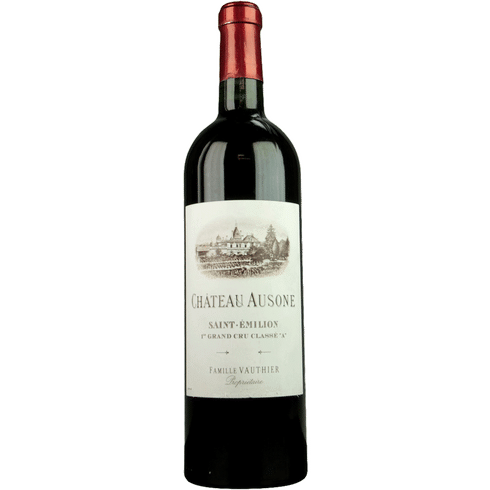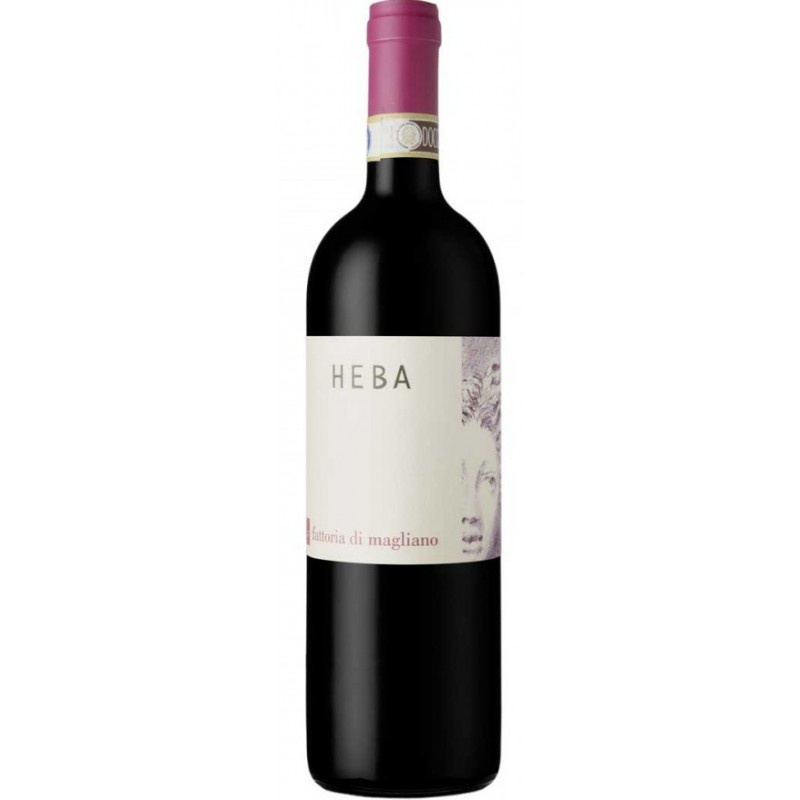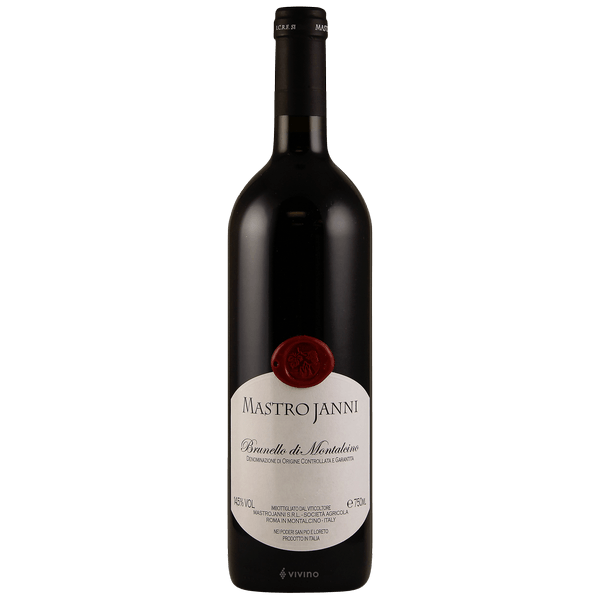2014 Chateau Ausone Saint Emilion
2014 Chateau Ausone Saint Emilion Finesse and freshness linger long on the palate of this 2014 wine, finishing with exquisite balance. Then comes the Merlot, round and pure with a chiselled texture.
Ausone
Ausone takes its name from the Roman poet Ausonius who owned over 100 acres of vineyard around Saint Emilion. It is said that he owned a grand villa in “Lucaniac” (the ancient name for the town), although whether it occupied the exact same location as the present vineyard is perhaps a romantic notion.
The vineyard itself covers just 7-hectares on a steep southeast-facing incline, three-quarters on the actual côte and the remainder atop the cellars around the church (you can just see the vines in the photo at the top of the page.) The soil is a mixture of limestone and clay, becoming sandier on the lower reaches where the grapes exhibit slightly lower acidity. It is planted with 50% Merlot and 50% Cabernet Franc with a planting density of around 6,500 vines per hectare. Since many vines escaped the devastating frosts of 1956, the average age is an impressive 45 to 50 years.
Red wine
Red wine has been prevalent since prehistory (the period before written records) as winemaking originated and spread throughout the world. In this case, “red blend” refers to any red wine that contains more than one red grape variety in the final product, though certain red blends can have their own designation as varietal wines despite comprising multiple grapes.
For much of the history of European wine, red blends were in fact more common than single varietals, as winemaking was typically region-centric and featured grapes consolidated from vineyards across a given area. One famous example of this practice is the Bordeaux blend, which originated in the 18th or 19th century and usually comprises Cabernet Sauvignon, Merlot and Cabernet Franc.
Though prominent red blends such as Bordeaux still remain popular, many red blends have been associated with lower quality due to the assumption that the term indicates cheaper table wines. However, many high-quality wine producers still elect to produce red blends, and these wines can in fact offer many unique and delicious flavors due to the winery’s ability to custom design the profile of their product.
Related products
2018 Ca’ del Baio Vallegrande Barbaresco 2018 Ca’ del Baio Vallegrande Barbaresco has a garnet red color; intense nose, with powerful fruit, dried flowers and underbrush; dry taste, smooth and rounded, ending in a warm finish with nicely-balanced tannins. A natural match for roast and terrine meats, mature cheeses and fondues, meat and vegetable soups. [...]



